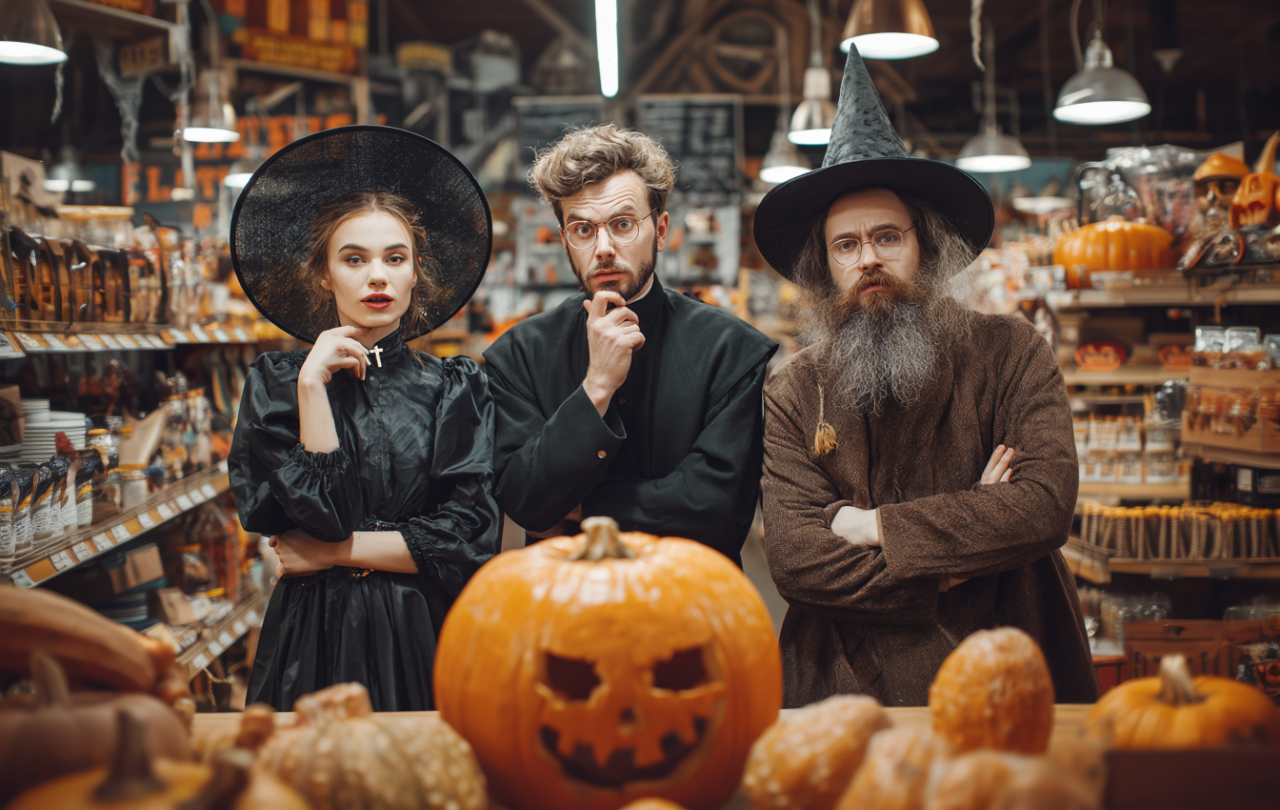
Seventeen hundred years ago this year, the early Christians inched their way towards a landmark statement. The Nicene Creed was the result of 300 years of wrestling with a question at the heart of this new movement: if the Jesus they worshipped was in some sense the ‘Son of God’, what did that mean? Was he a human prophet, better than most, but fundamentally just like the rest of us? Was he God in human disguise? Or a kind of half-breed, like a centaur - half human and half divine? Bishops and theologians spilt blood, sweat and tears (literally) over these questions. Simplistic answers were put forward and found wanting. Treatises were written, synods met, opponents were castigated and excommunicated. Even riots broke out as the debates waxed fiercely across the Roman world.
Eventually, in 325 AD, the Council of Nicaea issued a carefully worded and hard-won statement. It said that Jesus was ‘God from God, light from light, true God from true God, begotten not made, of one being with the Father.' Every word was carefully chosen and the fruit of long debate, deep prayer and thought. It didn’t solve all the problems, but it has stood the test of time, and is still recited in churches across the world today.
I have been pondering all this during the summer as our political debates have raged.
Take the issue of immigration. On one side, there are the ‘refugees welcome’ banners, the suspicion that fixing a flag of St George on a lamp post is a sign of incipient fascism, and that claiming we have a problem with immigration is inherently racist.
On the other side, it is ‘stop the boats’, calls for mass deportations, protests outside hostels for frightened immigrants, the implication that all immigrants are scroungers, destroying the soul of Britain (or the USA) and the need to rapidly close our borders.
But it’s complicated. There are significant differences between the claims of legal migrants, asylum seekers and illegal immigrants. Most would probably agree that offering welcome to people escaping warfare, persecution and famine in their homelands is right, proper, and in line with a long tradition of wealthy countries offering a refuge for others in need. People will always be on the move, and to close all borders is unrealistic and unjust. The moderate, fertile British climate, our historic economic and political stability, our well-regulated legal system, the Christian faith which shaped our culture, even the relative tidiness of our streets and countryside, are gifts we inherit from the past and should be generous with them.
Yet these are blessings that can’t be taken for granted. They need protecting, not just for our sakes but for those with a legitimate claim to make a home here.
So, most would also agree that illegal immigration is a scourge, with the ruthless villains enticing desperate migrants to climb on their flimsy boats across the channel deserving little else but criminal sentences. Yet even mass ‘legal’ migration will change the character of the nation. In 1990, net migration was around 20,000 a year. In 2024 it was 430,000. When 40% of primary age children have at least one foreign-born parent, and for one in five, English is not their first language, that can't fail to have an impact on the character of the nation, especially in areas where housing is cheaper and newcomers to the country find it easier to find accommodation.
But this complexity gets lost in the need for a punchy headline. Neither ‘send them home’ or ‘all migrants welcome’ capture the dilemma. It needs nuance. It needs careful, patient working towards the right balance between differing claims – compassion towards the stranger and the preservation of the very things that draw the refugees and the restless here.
The same is true of Israel and Gaza. For the pro-Israel lobby, just to draw attention to the suffering in Gaza is to be anti-Semitic. To urge restraint on Israel’s determination to destroy Hamas, even if it means destroying Gaza and much of its population in the meantime is to echo the death camps and to bring down Zionist wrath. Yet for Palestine Action and its supporters, Israel’s legitimate need to live in peace without a neighbouring state dedicated to its destruction seems to count for nothing. How can it be expected to live alongside a regime that brutally murdered 1,400 of its citizens in one day?
Even assisted dying – on which I and others on Seen & Unseen take the strong view that it is a bad idea – is not simple. The cries of those facing a long and painful death need hearing and people like me, who argue against assisted dying, need to promote solutions that will alleviate such suffering without crossing the red line of encouraging a culture of death.
The truth and the resolution of our dilemmas – on immigration, or Gaza, or even assisted dying, are seldom simple. They require nuance. They need forbearance.
It’s complicated. Most important things are. Anyone who has tried to lead a large organisation will know that it’s often a delicate matter of trying to chart a path forward while keeping competing interests and perspectives on board. You lose some people along the way, but you can’t afford to lose everyone, especially if both sides of the argument have some legitimacy.
The early church’s long struggle to define orthodoxy took time, patience, careful thought and restraint – even though at times it wasn’t very good at doing it. The result was a nuanced statement that steered between one pole – that Jesus was simply a very good human being – and the other – that he was God dressed up in human clothes. The truth eventually glimpsed and embraced was not at one extreme or the other, nor even a limp compromise, but the carefully crafted, unlikely and counter-intuitive idea that held together the best insights of both sides - that he was not ‘only human’ or ‘only divine’, or 50% of each, like semi-skimmed milk, but 100% human and 100% divine, and that this (for reasons too involved to go into here) was not a contradiction in terms.
The truth and the resolution of our dilemmas – on immigration, or Gaza, or even assisted dying, are seldom simple. They require nuance. They need forbearance. They need careful attention and listening to the people you instinctively disagree with to arrive at the truth. Yet our longing for a dramatic headline, our hunger for simple solutions, our algorithms that promote the most extreme opinions, all militate against this kind of patient, watchful political and social culture that would help us arrive at better solutions.
Life is complicated. People are complicated. Solutions to vexed questions are rarely simple. We need nuance.
Support Seen & Unseen
Since Spring 2023, our readers have enjoyed over 1,500 articles. All for free.
This is made possible through the generosity of our amazing community of supporters.
If you enjoy Seen & Unseen, would you consider making a gift towards our work?
Do so by joining Behind The Seen. Alongside other benefits, you’ll receive an extra fortnightly email from me sharing my reading and reflections on the ideas that are shaping our times.
Graham Tomlin
Editor-in-Chief





